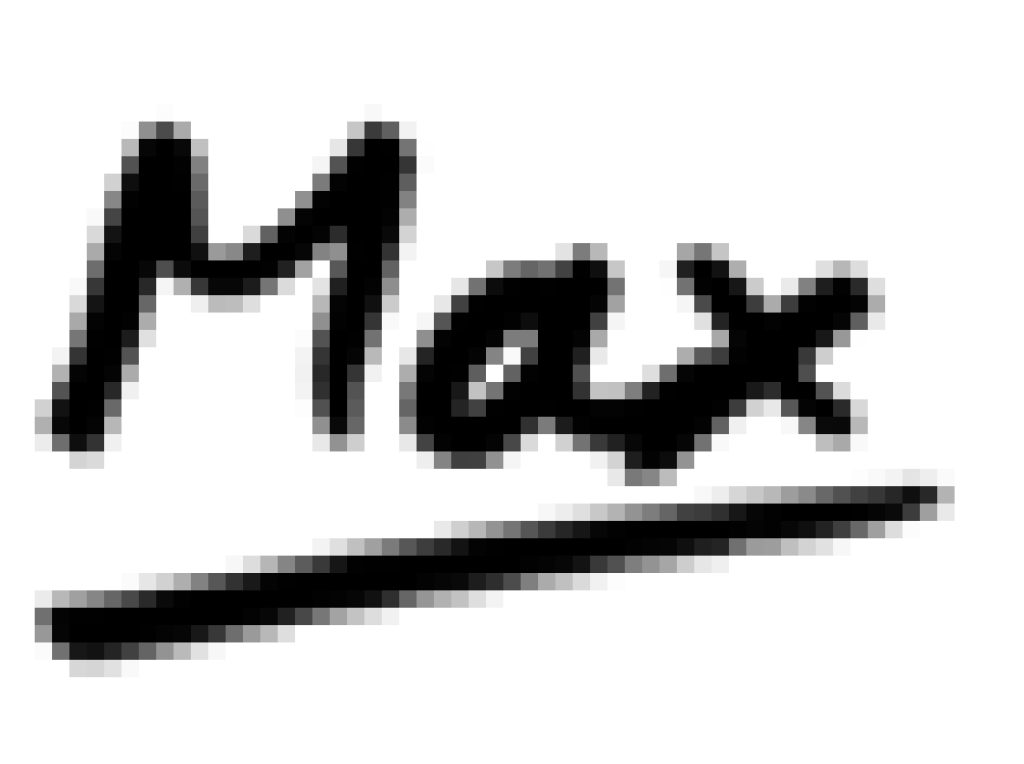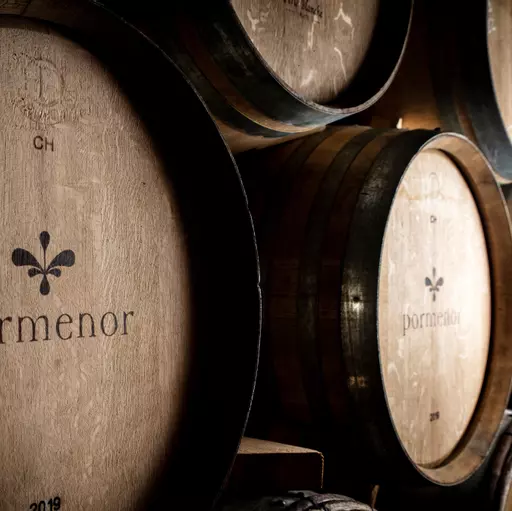by Max Driscoll
Every year northern hemisphere wine producers will be heavily involved in the grape harvest at some time between September and November (Sometimes later for certain, special wine styles). It’s arguably the busiest, and most stressful, time of the year. I’ve visited plenty of wineries/vineyards over the years. I've also helped-out at a couple of English producers, with vineyard management and winemaking. I’ve also read plenty of books on these subjects. However, I wanted to better understand what happens on a larger scale, and experience it first-hand.
I visited Niepoort for a week, right in the middle of ‘Vindima 2016’. I stayed at Quinta de Napoles; Niepoort’s main winery for their non-fortified, table wines. This was built/renovated in 2007 and is about as ‘cool’ as a winery gets. It’s built into the side of the valley slope, and the exposed bedrock inside the winery helps it to ‘breathe’ naturally. Temperature and humidity are maintained passively, creating the perfect environment in which to make and store wine. This is particularly important when one considers that during my stay temperatures soared to 42 degrees on a regular basis! (I felt a bit silly being 'that pale Englishman'; smothering myself in sun cream and insisting I had to wear my floppy sun hat whenever I left the shade, but needs must)
Being at Quinta de Napoles meant that I was right in the heart of the Douro Valley, and from getting out of bed every morning I was only minutes away from the action.
All the winemaking (and portmaking) is overseen by Dirk Niepoort. He's the 5th generation incumbent, and a man of vast experience and Knowledge. That said, because his time is in such high demand, Carlos Raposo is the man in charge at Quinta de Napoles, Dirk's ‘No.2’ for table wines. Carlos is responsible for what happens, and when, on a daily basis at the winery. During my stay, the main operations were those at the very start of the wine-making process. This included; visiting vineyards and checking ripeness, receiving the grapes at the winery, sorting them and removing anything unwanted, filling fermentation vessels, monitoring fermentations, and ‘bucket-overs’. This is something I was quite taken by, as it’s a great example of Niepoort’s search for finesse and elegance. For similar reasons, Niepoort tend to pick a little earlier than others. This meant that when I arrived in the Douro the team of estagiers (Interns from all over the world, working the full 2-3 month harvest) had already been dealing with white grapes for a little while, and red grapes had just started to arrive. As is traditional for the region, Niepoort have some vineyards of their own, and also buy grapes from local farmers. In most cases, the relationship between farmer and winery is a long-term one, with great communication and understanding of each other’s needs.
Although I was shown all the winery as part of an arrival tour, the racking and aging processes of the wines comes ata later date, so I didn't get involved with this. It will have to be on another occasion. There are many details to all of the processes involved in making wine, and unfortunately I can’t go into them here because it would take far too many words. However, I can assure you I learnt a great deal in a short space of time. Of particular note would be the differences between the various grape varieties found in the Douro. Their grapes and bunches showing vast phenotypic variation (I'm an ex-scientist, so I like words like this). Sometimes the different varieties were needed all mixed together, and sometimes not!
Niepoort do have another winery in the Douro, Quinta de Vale de Mendiz. This is a little further up-river in the Cima Corgo sub-region, and is the base for all the Port production. This is overseen by Nick Delaforce - Dirk’s ‘No.2’ for Ports. Due to the renovation of this facility, there was no winemaking at the time of my visit, though I did get to look around.
Another part of my time with Niepoort, and I thought as important as the winemaking, for me at least, was the social aspect. As is the norm for all Portuguese, meal times are very important, and time and attention are spent wisely. Niepoort is no exception and meal times were spent discussing the activities of the day, as well as the food and wines being consumed. As one might expect, wine featured heavily here, and not only were many wines served (the volume of each consumed was actually quite small), they were very often served blind. With everyone sitting-down together; employees, interns, guests, and Dirk Niepoort himself – He’s surprising passionate about this process, and with teaching in general. This created a fantastic forum for discussion. All opinions were welcome no matter how simple or ‘silly’, and it made for a superb learning environment. I believe this is a great way for anyone, at any level, to develop one’s knowledge and palate.
Overall, I had a blast. I had to get up for an early Sunday morning flight home, but I didn’t want to go to bed at all on the Saturday night. I was sad to be leaving such a great place, and great people. I met so many wonderful people, and language was never a barrier. I learnt so much and count myself very fortunate to have been allowed to work in the winery and been able to try so many great wines during my stay. These were not just Niepoort wines, but all manner of things from around the world, and all quality/price levels, too. The Niepoort 1983 Vintage Port and the Chateau Pontac-Monplaisir 1934 1er Cru Graves, open by Dirk on the last night, will stay with me for a very long time!

















